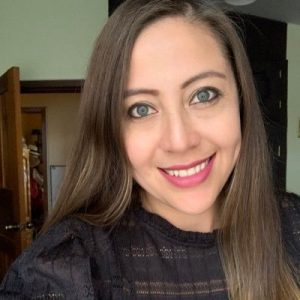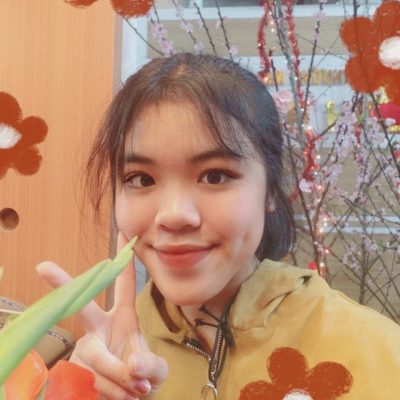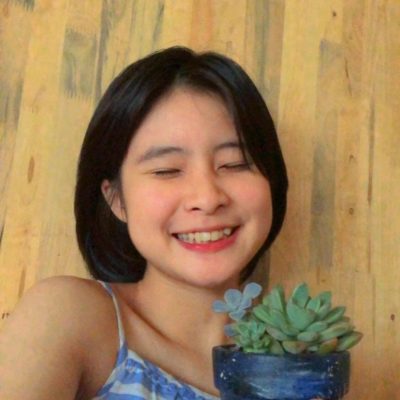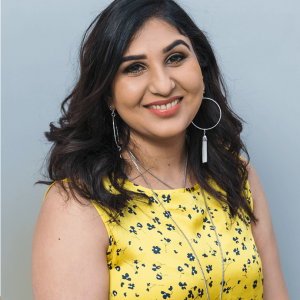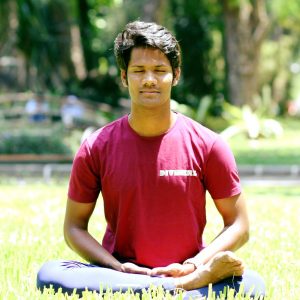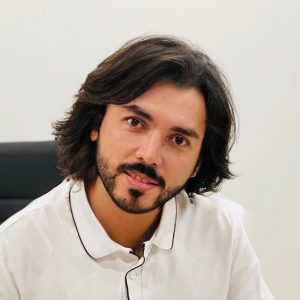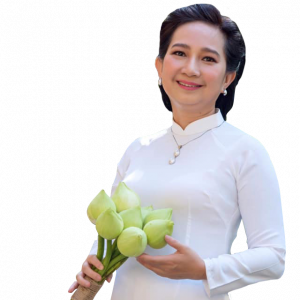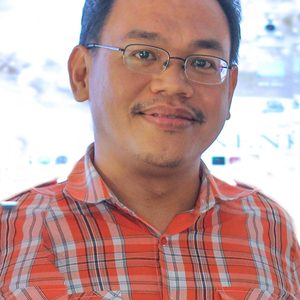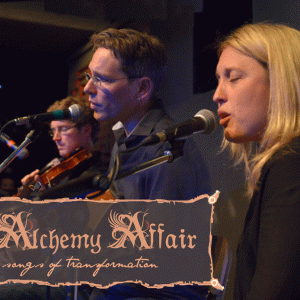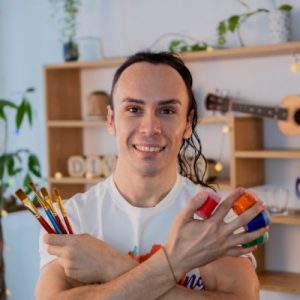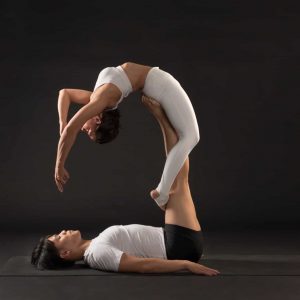Have you ever doodled when feeling stressed, and suddenly felt lighter? Or danced freely to music, and afterwards your mind became unusually clear? What is happening in that moment?
THE BRAIN AND TWO DIFFERENT LANGUAGES
Our brain processes information through multiple pathways. Verbal language, processed primarily by the left brain, helps us think logically, analyze, and name emotions.
But true emotions often exist in the form of:
Images
Bodily sensations
Sounds
Movement
Colors
This is why sometimes we “cannot say” what we feel, but we can “draw it,” “dance it,” or “play music with it.” Art allows emotion to speak in its own language.
WHY DOES FREE CREATION WORK?
1. Overcoming the Barrier of the Judging Mind
When we create art with the mindset of “no need to be beautiful, no need to be right,” the brain is allowed to:
Relax control
Reduce self-criticism
Allow emotions to “flow out” instead of being repressed
In psychology, this is called unfiltered expression, a way to access what lies deep within the subconscious.
2. Creating Distance from Unpleasant Emotions
When you draw your sorrow, or dance your anger, you are:
Bringing the emotion from “inside” to “outside”
Turning it into “something” that can be observed
Creating a distance for more objective perception
In therapy, this is known as externalization, where placing the issue outside helps us avoid being “swallowed” by it.
3. Activating the "Flow State"
Psychologist Mihály Csíkszentmihályi studied the Flow State, where people are completely immersed in an activity. In this state:
Time seems to stand still
The “ego” and worries temporarily vanish
Action and consciousness merge into one
Free art, without the pressure of results, is one of the easiest ways to achieve this state.

WHAT ROLE DOES MEDITATION PLAY?
Meditation trains the ability to observe without judgment. Instead of:
“My drawing is ugly” → judgment
“I shouldn’t feel angry” → repression
Meditation teaches us:
“This is the stroke I am making” → observation
“I am feeling anger” → recognition/awareness
When combined with art:
You create without self-criticism
You feel without resistance
You allow the process to unfold naturally

💡 ART THERAPY – A RECOGNIZED TOOL
Art Therapy is a recognized field in clinical psychology. It is used to support the treatment of:
Anxiety, depression
Psychological trauma
Chronic stress
Issues with emotional expression
This is not because art “cures” in the medical sense, but because it creates an alternative path to:
Access what is difficult to put into words
Release what is stuck
Explore what is hidden
WHAT IS TRANSFORMATIONART?
TransformationArt is the conscious combination of:
Art – the means of free expression
Meditation – the foundation of non-judgmental awareness
This is not a treatment method, but a way of life, an approach, where:
You use creativity to connect with yourself
You use mindfulness to witness the transformation process
You don’t need to be “good at art” or “good at meditation”
You just need to be willing to be present with what is
Master Oneness, the originator of this method, shares:

HOW CAN YOU START?
No special courses or skills are needed. Just:
A few minutes to listen to your breath, to let the mind settle
A creative tool: paper and pen, paint, your body, your voice
Allow yourself to create anything without judging “good or bad”
Most importantly:
Don’t try to create a “masterpiece”
Don’t compare with others
Simply stay with the process
Because when you allow spontaneity to meet awareness, a miracle happens: You are not just creating art, you are transforming yourself.

This article is based on psychological principles, research on Flow State, Art Therapy, and the TransformationArt method by Master Oneness. Transformation Art is the spiritual legacy originated by Master Oneness – a soft, vibrant path to connect with oneself through art and meditation.
Experience the TransformationArt journey round 1 with Master Oneness: https://diviners.in/ta1-hoian/
Experience Diviners Fest, the annual free mindfulness festival: Diviners Fest 2025: https://diviners.in/diviners-fest-2025/






















